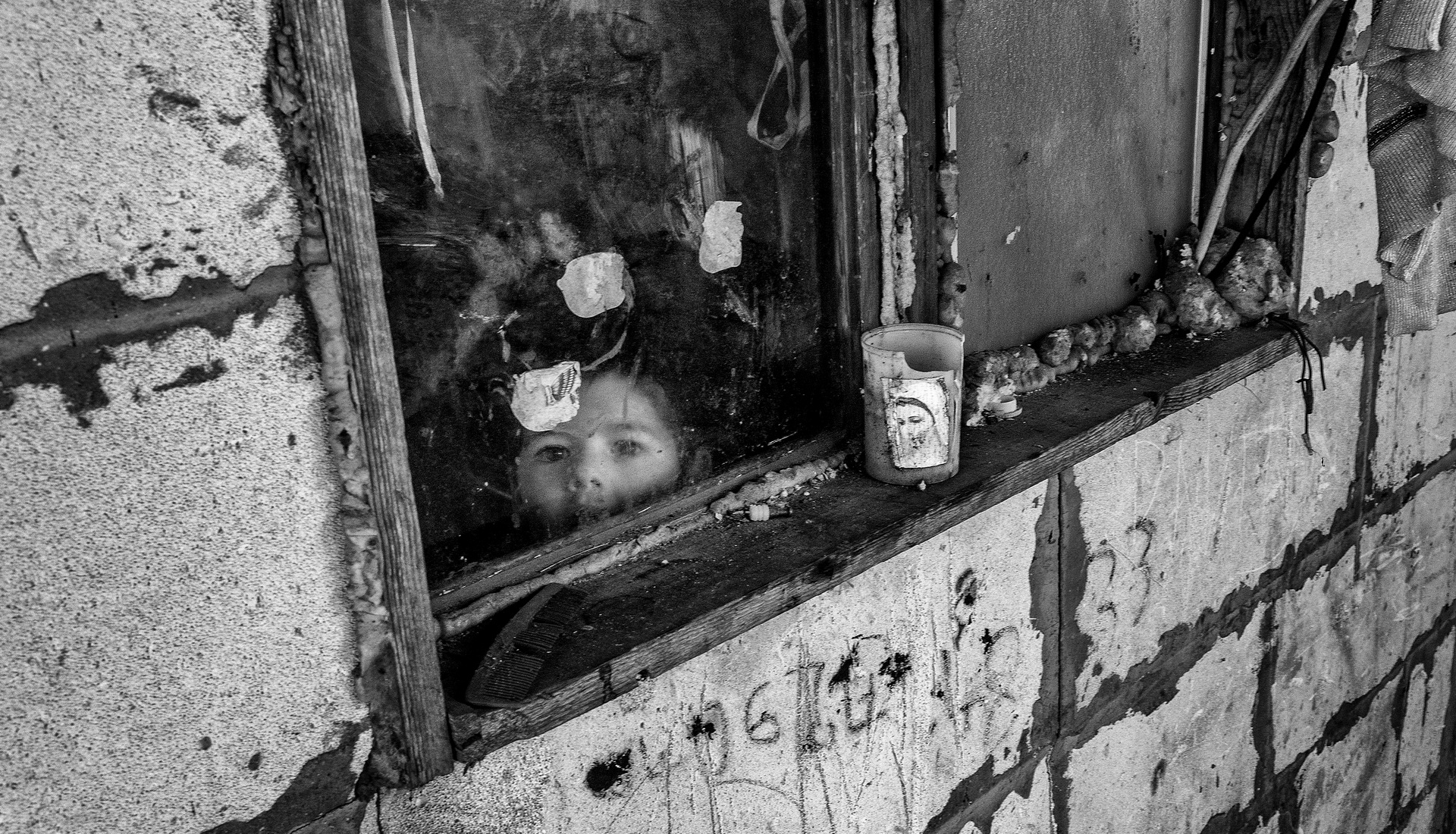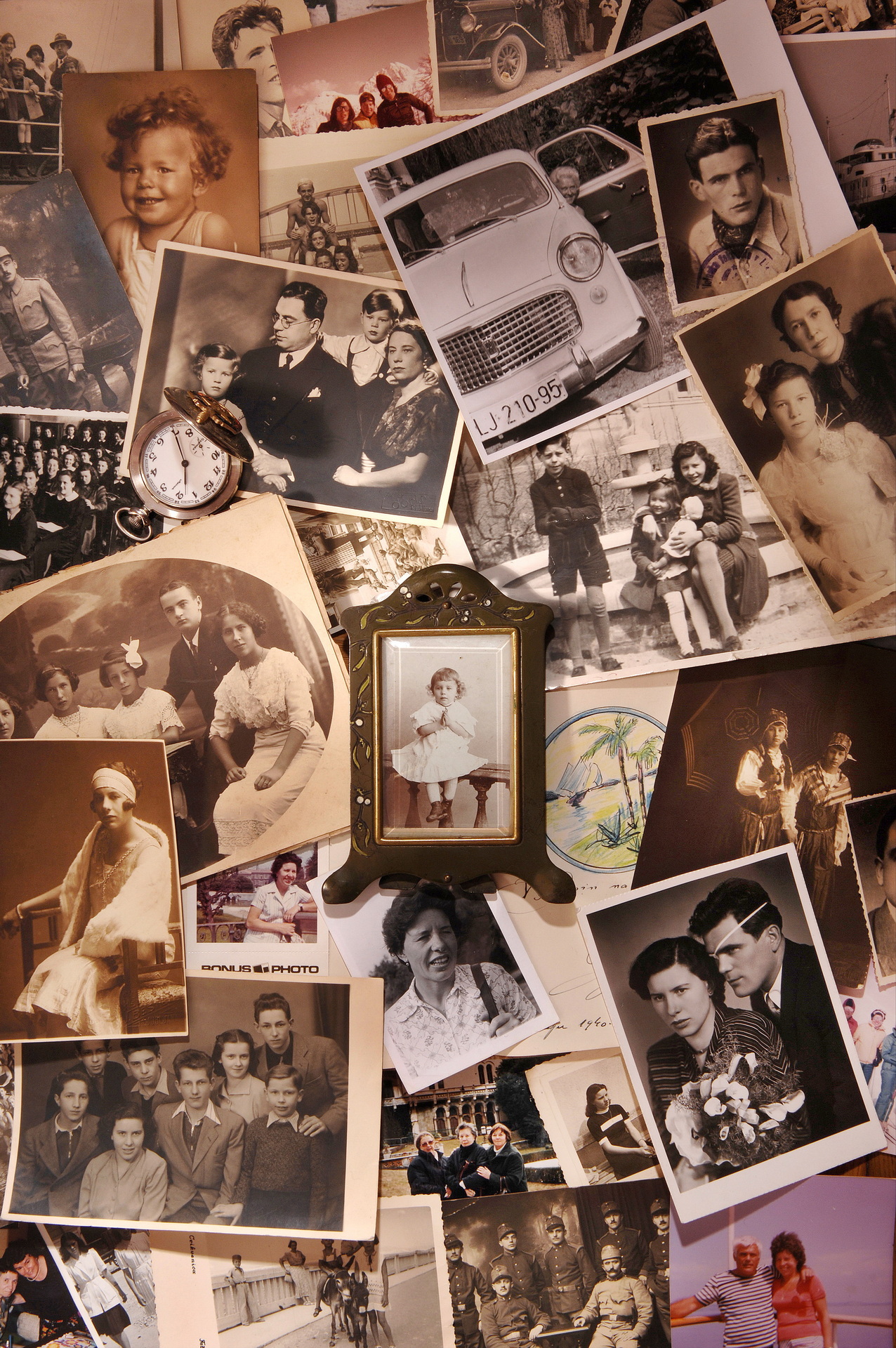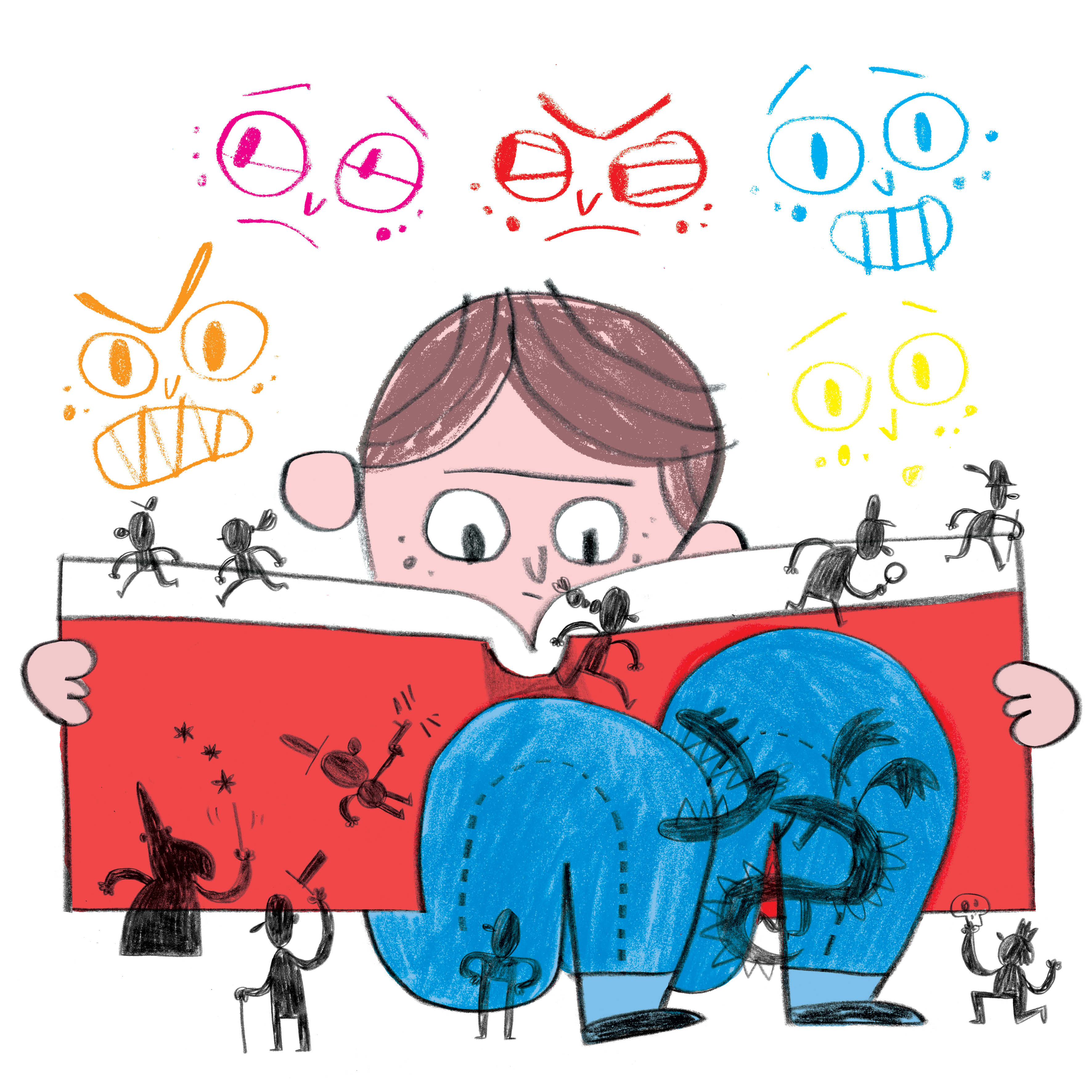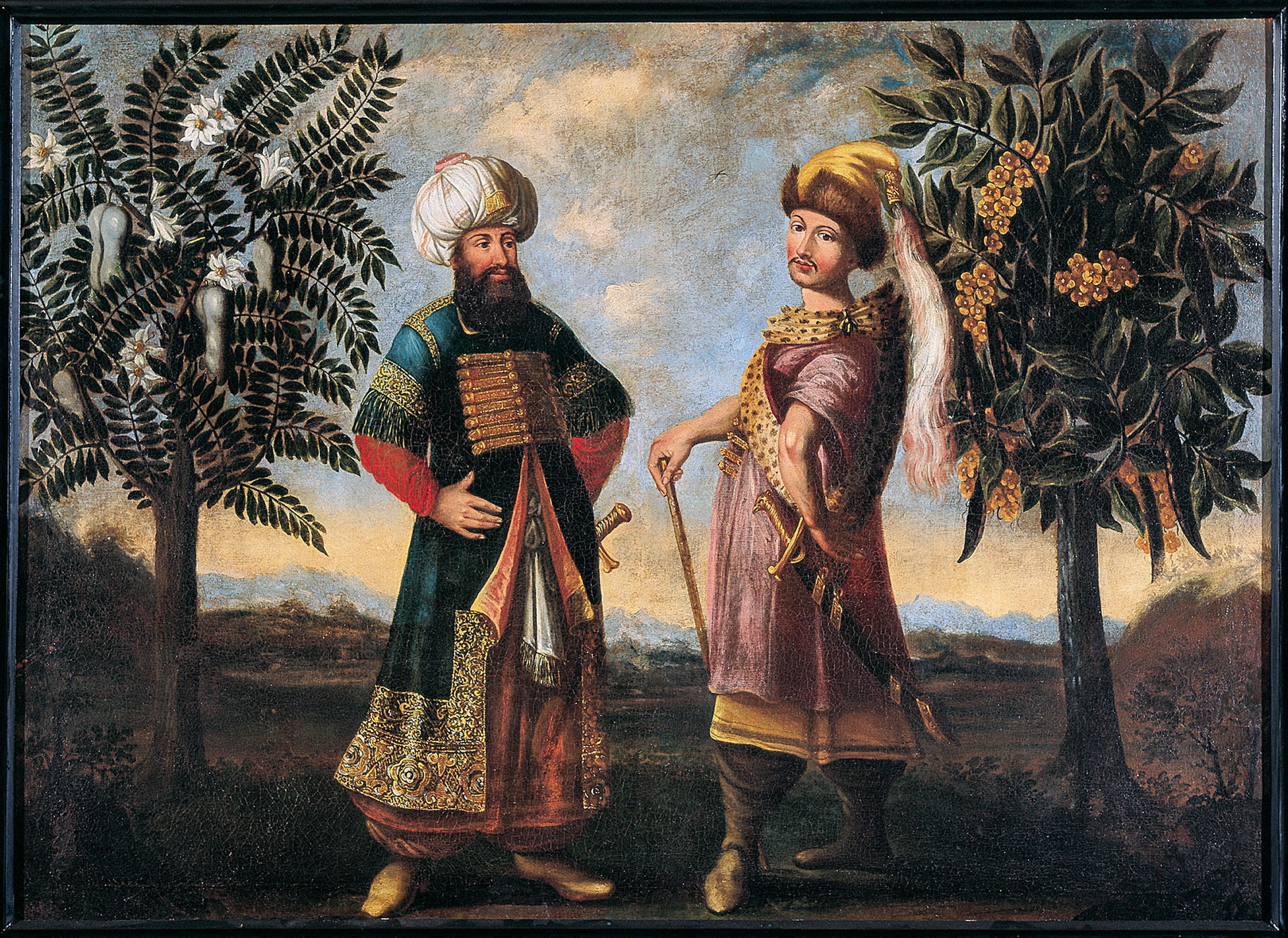In December 2019, a two-month-old baby named Ahmetaj, the third child of a nineteen-year-old mother, died in Slovenia where infant mortality is almost nonexistent. The fresh bite marks of a rat were found on the baby's face. The mother reported that she didn't know what happened to her child because it was dark inside the family shack which had no electricity or running water. Shortly after the imposition of measures to fight the spread of the novel coronavirus in 2020, including social distancing and the closure of schools and retirement homes, articles began to circulate in the media reporting that the frequent washing of hands was not possible in certain Roma settlements in Slovenia because of the lack of running water. Providing settlements with an external water cistern in exceptional circumstances was not a familiar practice.
Although the Slovenian Roma population is not a single homogenous group – there are significant differences between the Roma communities of Prekmurje, Bela Krajina, Ljubljana, and Maribor – transgenerational poverty, sometimes colloquially described as "the culture of poverty", is a common denominator. Non-Roma, including experts in the fields of social work, education, health care, and the judiciary, too often conceive of the Roma as "migrants", that is as a foreign population, despite the fact that the first records of Roma populations in the territory of what is today Slovenia date back to the fifteenth century.
Anti-gypsyism
Ethnicization and culturalization, processes by which the behaviour and characteristics of the members of a specific ethnic group are attributed primarily to their ethnicity and attendant "foreign culture", which then serve as the explanatory mechanism for other circumstances (such as the lack of electricity or running water), are the chief causes of the stigmatization of such populations. Anti-gypsyism, institutional and extra-institutional racism against Roma communities and individuals, is the logical consequence of ethnicization and culturalization. Individuals are reduced to an imagined "culture" that is understood as something essential and timeless. Within the majority population, "culture" signifies a degree of education, appropriate manners, and moral habits, whereas the opposite traits are attributed to the pathologies of "Roma culture". The characteristics that are falsely attributed to "Roma culture" include child marriage, a practice that is justified, on the one hand, by the invocation of this imagined "culture", and, on the other hand, by a set of beliefs regarding the "early maturity" of Roma girls in comparison to non-Roma girls.
It is a fact that at-risk children (for example, poor and homeless children, institutionalized children from dysfunctional environments) develop skills to effectively manoeuvre in life situations from a very young age. This behaviour is developed to protect themselves, to minimize risk and evade injury or pain. These children acquire such skills to ensure their survival, skills that not at-risk children do not need and consequently do not develop. This partially explains the seemingly "adult" appearance and behaviour of some Roma children. Their survival in a fraught environment (at home, school, and in the wider community of "civilians" or gadjos) requires the acquisition of skills that children within the majority population, who typically inhabit safer and more child-friendly environments, generally do not need.
As in the majority of non-Roma families, the children of Roma families occupy an important role: for their parents, they represent a source of happiness, pride, prestige, as well as hope for future economic security. However, in the context of social marginality, economic deprivation, and, occasionally, complete exclusion from the activities and venues of "ordinary" life, many Roma families live in accordance with detrimental social norms, one of which is the "child marriage" of girls. In an extremely patriarchal environment, girls have a substantially diminished social position in comparison to boys. They take on the household and caregiving chores of their parents at an early age. Within some Roma families in Ljubljana, daughters use the last name of their mothers whereas sons use the paternal family surname. In the case of divorce, fathers automatically retain custody of their sons. Roma families typically spend more money to commemorate the births of sons over daughters. The mother and daughter typically sleep on the floor, while the father and son occupy the bed. Families do not generally encourage female children to pursue an education, the result being that a significant percentage of Roma girls and women are illiterate. Worse, Roma girls are often victims of sexual violence and are frequently "married off" and in this way forced into sexual intercourse and underage pregnancy.
Marriage of underage girls as a detrimental social norm
Numerous Roma girls experience what is called in sociology a "marriage-directed childhood". From an early age, they are systematically given subtle social signals that instruct them to enter into matrimony as soon as possible. Some families impose a number of school-related restrictions intended to preserve the "innocence" of girls (for example, they are forbidden from participating in sports, extracurricular activities, school trips). Adult figures offer young girls an idealized depictions of marriage, the image, for example, of a young girl in a beautiful wedding dress amidst a luxurious flower-filled wedding party. (One educated Roma woman said: "The purpose of every relationship is first and foremost marriage; every woman has a great wish to be married." A social worker recalls being told the following by a young Roma girl: "If my father hadn't paid for me, it would have been a great embarrassment; I would have been worthless.")
Marriages are seen as protecting girls from poverty and the violence of men, sometimes even protecting the entire family from poverty. Thus the social practice of child marriage involves the patriarchal concern about the "suitable", that is virginal, status of the girl as a potential marriage partner, as well as the economic interest of securing a "good" marriage, that is one bringing a large dowry. Additionally, child marriage often plays the role of a form of discipline and punishment for "unsuitable behaviour". In this respect, girls are often prohibited from continuing their education (they are forbidden from attending high school, because it is in the city and this might negatively influence their behaviour, city life potentially exposing girls to sexual harassment that would spoil her marital prospects, etc.). The chain of familial concern is transformed into a chain of violence just as economic deprivation is transformed into poor education and health (Zaviršek 2018).
Child marriages are without doubt a form of child abuse, and, because they typically involve an economic aspect, are also a form of human trafficking. Roma girls from Kosovo, Macedonia, Bosnia and Hercegovina, Serbia, and Bulgaria are often brought to Slovenia in order to marry, while Roma girls from Slovenia are typically sent to Austria, Germany, and France. The sexuality of these underage girls is treated as the property of the adult figures in the family circle: these figures often examine the body and genitalia of underage girls before their first sexual intercourse (or, more accurately, their first experience of sexual abuse or rape), and monitor their first sexual encounter to assess whether they actually are virgins. Social workers and hospital staff in Ljubljana report that numerous girls express fears that they will fail to "bleed" on their wedding night.
In a 2014 study on the extent of child marriage in Slovenia conducted by the Centre for Social Work, it was estimated that over a hundred married children live in Slovenia, while certain NGO’s estimate the number to be in the several hundreds. The youngest known married girls in Slovenia were twelve and thirteen years of age, whereas underage boys rarely marry, the youngest in the study being sixteen and seventeen (Narat et al. 2014). According to information provided by the Centre for Social Work in Novo Mesto, ninety percent of Roma girls and sixty percent of Roma boys marry while underage in their region, and the Podravje region reports similar findings. A policewoman from the Dolenjska region stated the number of Roma girls who are sold into marriage is statistically increasing, and their age at the time of the marriage is decreasing. Although some girls report that they decided to marry of their own accord, child marriages are treated as forced (in accordance with the United Nations Convention on the Rights of the Child) as the testimony of girls and adult women reveal that children typically do not understand the consequences of marriage. This fact is illustrated by the following story of a young Roma girl from Ljubljana:
This testimony is an illustration of the uninformed consent of girls with little life experience, and of familial arrangements that treat the bodies of female children as the property of others.
The impact of child marriage on education, health, and poverty
In an educational context, pregnancy and child-bearing alienate underage girls from their peers to a significant degree. Contacts between underage girls and the wider environment beyond the family are severed. Underage mothers lack the emotional maturity to assume sustained responsibility for their children as the mothers are still children themselves. Lacking an education, such mothers remain economically and socially tethered to their family circle, and their children are typically already born into a long line of generational poverty. Indeed: are these not the circumstances that led to the death of the little baby named Ahmetaj?
Underage Roma mothers usually do not have access to suitable housing – in the case of Ahmetaj, there was neither running water nor electricity in the shack where he died in December 2019 – and lack internalized psychological models of the maternal affection that should be conveyed to their children. Taking care of a child represents a cognitively and emotionally insurmountable challenge, and, in this respect, child marriages function as a significant risk to new generations of neglected children. A child needs an adult with whom they can develop a real relationship. A sustained and intimate connection to at least one reliable guardian in early childhood serves as a structural and personal model for individuals to employ in later social connections and relationships. Sometimes, if a reliable parent is not available, this role is assumed by grandmothers, older sisters, cousins, or neighbours.
If children lack sustained and loving relationships, they become uncertain and anxious, and some even become depressive or apathetic. As babies, they protest their conditions by crying, and if they are not comforted, despair and sadness may set in. In later years, they may respond to the lack of attention from responsive and loving adults in their early years by the denial of pain and sadness, a typical defence mechanism for combatting adverse psychological conditions. The child appears to be "calm" and "diligent" (especially girls, who generally suffer from a greater lack of affection and are more disciplined), but in fact is becoming alienated, apathetic, avoiding situations of emotional intimacy with others. In comparison with their peers, such children may experience cognitive difficulties. Some of them may appear "icy" or disinterested in what takes place in their environment. This emotional numbness may express itself in cruelty to others (this is seen in so-called "aggressive" children, particularly boys) or as an intellectual stagnation (this is seen in the diminished academic performance, which also serves as the foundation for false beliefs about the intrinsic intellectual deficiencies of ethnic minorities). In comparison to their non-Roma counterparts, Roma children face significant difficulties in finding a support figure with whom to cultivate a relationship outside of the family (i.e. a preschool teacher, instructor in music classes, swimming classes, etc.) because such professionals typically approach Roma children with prejudice, "tolerating" them rather than offering genuine support. (Particularly noteworthy are those schools where employees are pleased when Roma pupils to disenroll because they want as few Roma children in the school as possible.)
Changes are part of a complex and long-term process
Only a few years ago, child marriage within Roma communities was treated as a socially acceptable norm (Zaviršek 2010). Professional services typically treated Roma families differently from non-Roma families, both in the attention spent on them and the meaning they ascribed to their situation behaviour. If a child marriage was suspected or encountered in Roma families, social workers all too often expressed tolerance or even disinterest, citing the so-called "wishes of the child". Child marriage, which has no legal framework or foundation in Slovenian law and is therefore illegal (this is the case for the marriage of children between the ages of thirteen and sixteen), must no longer be accepted as a feature of "Roma culture" but rather as a detrimental social norm. It will require a long and complex process to change this norm, because parents are convinced of the benefits of such marriages for their children. The process of reforming social imperatives would mean engaging with a number of social subsystems: putting a continued emphasis on sustained education, combatting of social isolation and poverty, and supporting those Roma who actively oppose the practice of child marriage.
Translated by Erica J. Debeljak















